Surge (or dynamic) pricing is the practice of raising fares when demand is high and supply is low, and lowering fares when the reverse happens.
Both car service apps Uber and Lyft do this, and in theory it is good for both drivers and riders. It means more drivers will use the apps to pick up customers when demand and prices are high.
The model is also based in choice. If a ride costs many times more than normal, riders can either opt to wait, use a different car service, or decide they will pay the higher rate.
For areas in New York starving for transportation services, the situation is murkier.
The dynamic pricing models are location based. It raises the concern that the prices would be higher in low supply areas, where the rider would not necessarily have the choice to use a yellow cab, subway, or bike instead even if the fare is exorbitant.
Council members say this affects the poorest neighborhoods the most. Uber says this actually brings transportation options to more areas than ever before.
The discussion comes at a time when New York City is determining how to best regulate the rapidly changing car service industry in the face of increasing competition.
New York’s taxi and livery industries have thus far been buoyed by loyal customer bases and extensive regulations from much impact from tech entrants like the $40 billion Uber.
Other cities like San Francisco, Chicago, and Washington have just recently gotten to the point of creating regulation to encompass these types of car services rather than banning them outright.
But with the fall of yellow taxi medallion prices and Uber’s recent purchase of a livery base, the city has put several new rules on the table.
Transportation Gap?
Surge pricing seems to suggest drivers will go where the money is—which is not low-income neighborhoods, said Council member Fernando Cabrera at a wide-ranging hearing on new legislation Monday. Or if they do, the council’s worry is that consumers are being overcharged.
If more drivers turn to services that use dynamic pricing like Uber or Lyft, communities that once relied on community car services (livery cars) will end up paying more for the same services they’ve always used, Cabrera added.
After all, it is well known that yellow cabs cluster close to the center of Manhattan. And green cabs, which are excluded from that zone, gather close to the edge.
Two Uber drivers spoke at the hearing against that notion, both saying they had only ever seen surge pricing take effect in Manhattan.
Whether surge pricing helps or hurts these areas will be evident in the data, said Taxi and Limousine Commissioner Meera Joshi. It is necessary to determine whether areas in the city are being under-served, and how policy can help change that.
No Data
Uber has not been forthcoming with its trip data.
In October, TLC sent 16 high-volume bases data requests in advance of considering new rules. Uber did not comply and was recently issued five $200 fines, which were quickly paid, and the temporary suspensions did not affect operations.
Uber representatives say the request for timestamps, locations, and license numbers—automatically collected in yellow and green cabs—is overreaching and excessively broad.
Rival Lyft’s public policy manager Diana Dellamere said initially Lyft had the same concerns—it is a competitive market and sharing data sounded risky—but ultimately decided it was a reasonable public safety policy.
The TLC recently passed rules that would require electronic trip data to be submitted regularly, from all for-hire bases.
Uber’s East Coast public policy director Colin Tooze said litigation is underway.
Capping Surge
In an effort to “level the playing field,” council members plan to introduce legislation to cap surge pricing, require bases to sign agreements to cross-dispatch drivers, increase fines for refusing to submit data, and increase the amount of data that would need to be submitted regularly.
For many riders, the term surge pricing brings to mind a possibility of paying eight times the normal fare, maybe hundreds of dollars, for a trip of just a couple of miles if the weather is bad. It’s this extremity a new bill aims to curb, but stakeholders say it is hard to put an arbitrary cap without the data.
Council member David Greenfield introduced a bill that would cap prices to double that of the last 60 days, or 200 percent of the regular rate.
Uber representative Nicole Benincasa said in the last six months 13 percent of Uber rides had surge pricing. On average, the surge price is 185 percent, under the proposed 200 percent cap. At its peak, it’s about 800 percent.
Under the current submitted rates, Uber can charge up to $39 per mile. A helicopter would be cheaper, Greenfield said.
If surge prices are really generally 185 percent, Greenfield said, it is well below his proposed cap and “you should write me a little thank you card.”
Not all councilors support the bill.
Council member Antonio Reynoso said the only requirement should be that the rates are made clear to the riders, and they can choose whether or not they want to pay the amount. Airlines, hotels, and trains frequently price things the same way.
Lyft’s Dellamere says they also use surge pricing, or “prime time,” to increase car supply in certain areas. Both companies say it only works because consumers are in fact willing to pay higher rates at times.
TLC maintains it will be a matter of what the market can tolerate, but stories of short trips costing $200 has called the possibility of a cap into question. There is also the worry that driver supply could be artificially constrained in order to put surge prices in effect.
Livery Industry
Also in progress are bills aimed at protecting the livery industry.
Council member Ydanis Rodriguez proposed legislation to require livery bases to sign agreements in order to dispatch drivers from another base.
Livery base owners say it is a necessity to make sure drivers are not double booked.
Uber opposed the proposal initially, when it only owned black car bases, but recently has purchased a livery base. Black car bases cannot dispatch livery drivers.
TLC says it is possible the rule will have the opposite effect. If small livery bases do not want to sign agreements to allow their drivers, who are independent contractors, to drive for another service, the drivers may leave.
Council member Cabrera also introduced legislation that would get rid of an old parking requirement that livery base owners say is a burden.
They are currently required to provide off-street parking for 50 percent of their fleet, which for some bases is hundreds of vehicles. There is no requirement that this off-street parking is actually used.
Many base owners say the parking space is not used, because drivers are coming from home or parking elsewhere to begin with. TLC says as much from their outreach efforts and is in support of the measure.
Leveling the Field
TLC is taking additional, less controversial measures to be fair in regulating the different industries.
Commissioner Joshi said TLC is also amending procedural requirements for yellow taxi medallion owners to make it less of a financial burden because those are unnecessary steps that serve the same purpose as the stringent inspections.
It will put those vehicles on the street, which in turn will help stabilize medallion prices, she said.
TLC is also looking to make entry test requirements for yellow cab and for-hire vehicle drivers the same as a traffic safety oversight.
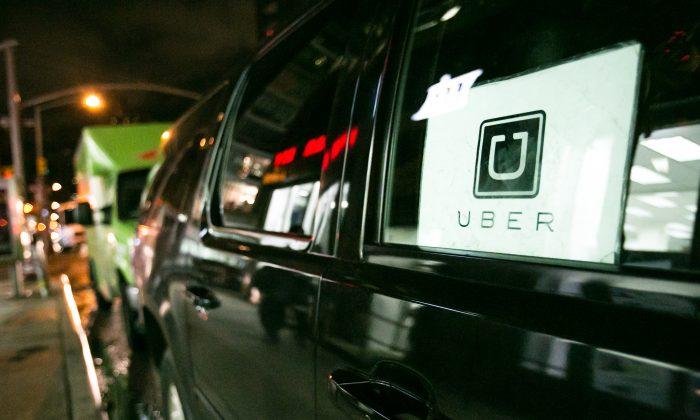

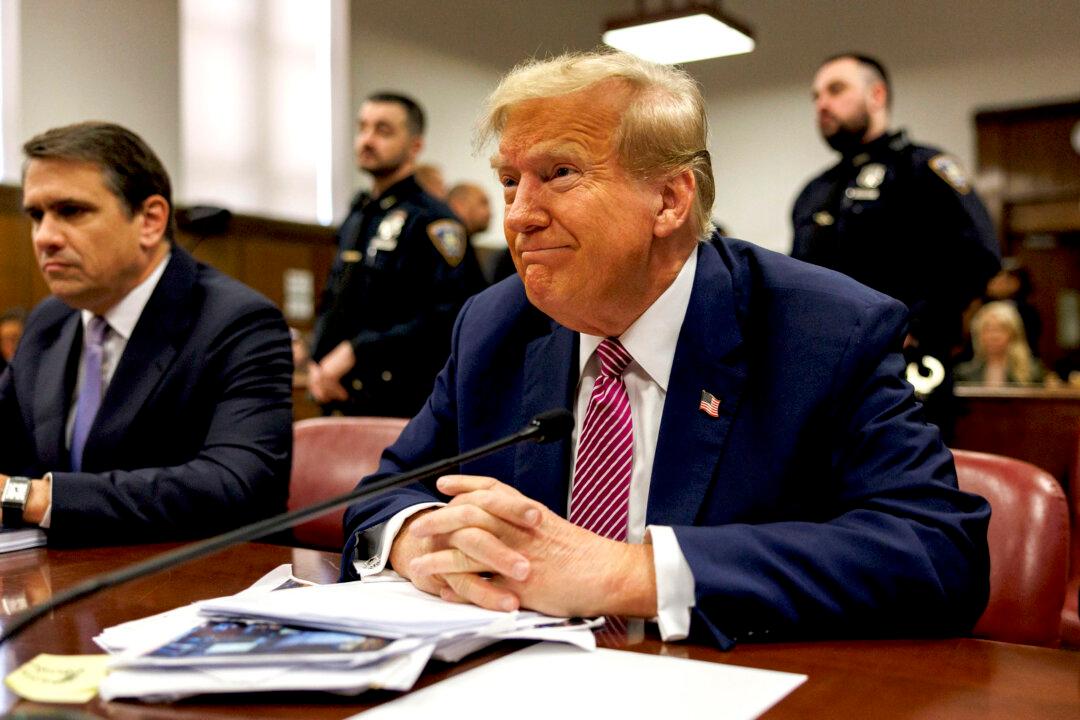
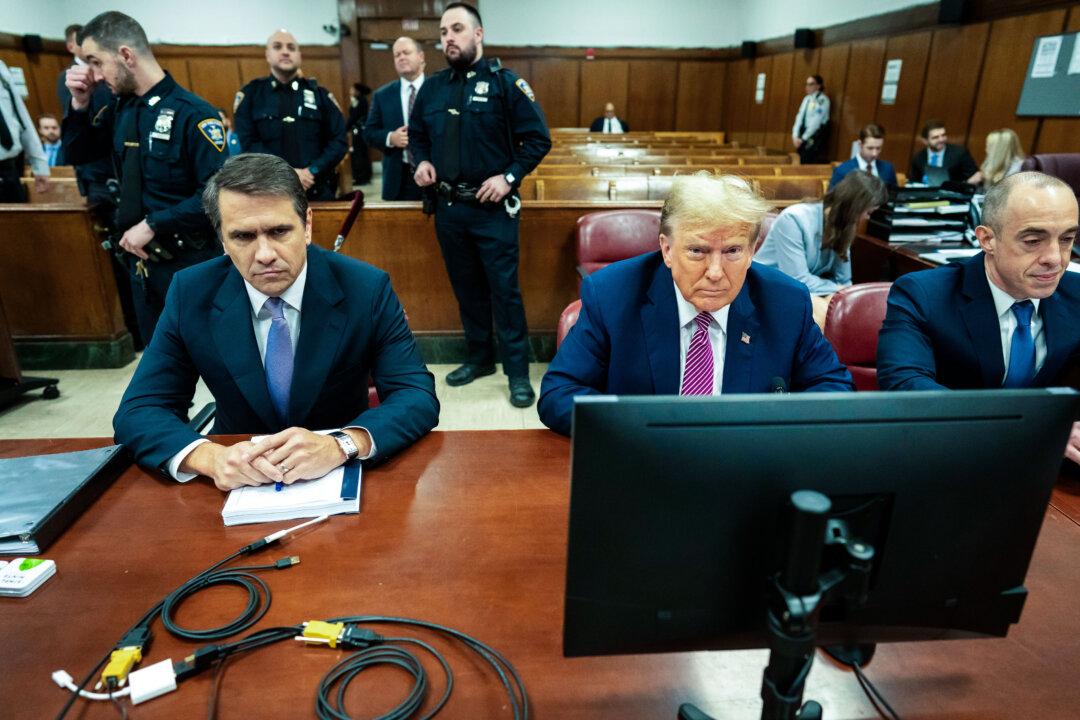
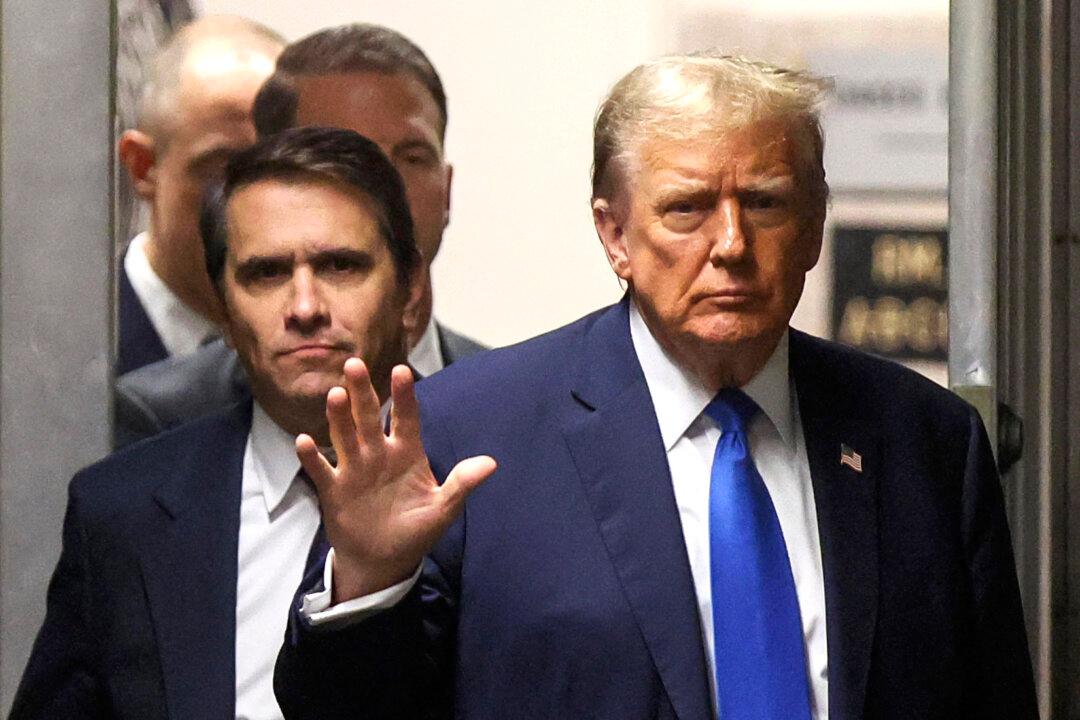
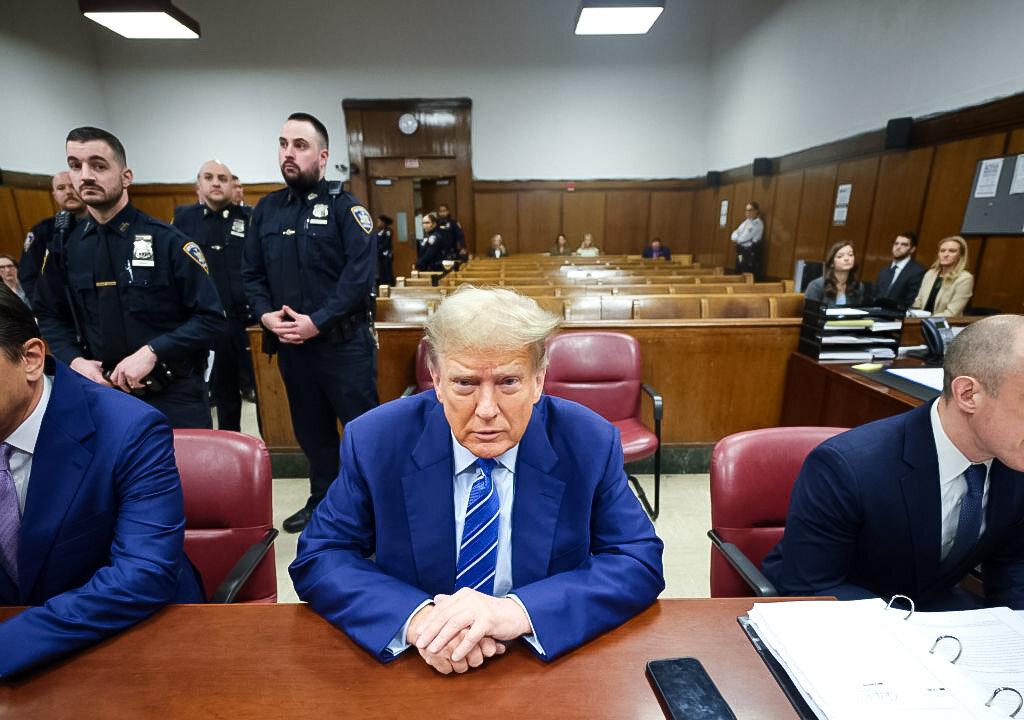
Friends Read Free